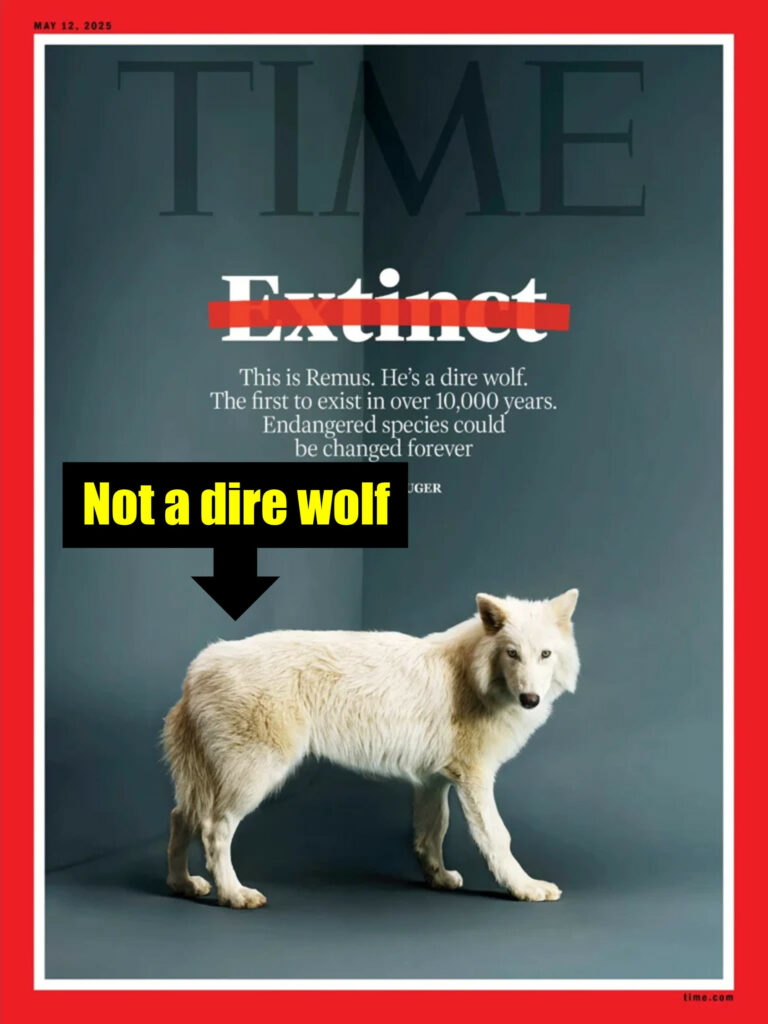
They’re not dire wolves. Not even close.
Time magazine has a cover story this week on Colossal Biosciences’ latest research progress in de-extinction. They claim repeatedly in the article that three recently born wolf pups are dire wolves, even as the article itself gives enough information to unequivocally dispute that claim. I acknowledge that this is a cool research project and that these animals will exhibit traits that might resemble dire wolves and even that the technology they’re developing will have important future applications. But these animals they’ve produced are not dire wolves.
The following article has been reblogged with permission from Todd’s Blog. The views expressed reflect those of the author, and not necessarily those of New Creation.
Dire wolves are extinct canids that lived in North America, known from all over the continent, especially from the famed La Brea Tar Pits in California. They were big animals, maybe twice the mass of the gray wolf, and they went extinct along with other big American predators like the American lion and the giant shortfaced bear. And they were common. At La Brea, dire wolf fossils outnumber gray wolf fossils 100 to 1.
Previously, some paleontologists have suggested a close relationship between the dire wolf and the gray wolf, but genome sequencing from dire wolf skeletal remains revealed that dire wolves are no closer to gray wolves than they are to coyotes or jackals. The genomes of all those canids are pretty similar, but they have important differences that make dire wolves distinct. Even more importantly, the dire wolf genome shows no signs of introgression into modern canid genomes. That means they didn’t hybridize. Modern canids like coyotes and gray wolves hybridize often enough that you can find signs of introgression in their genomes, where genes that originated in one species are found in the other species. Not so with dire wolves. Thus, we can conclude that dire wolves were different enough from other American canids that they didn’t hybridize.
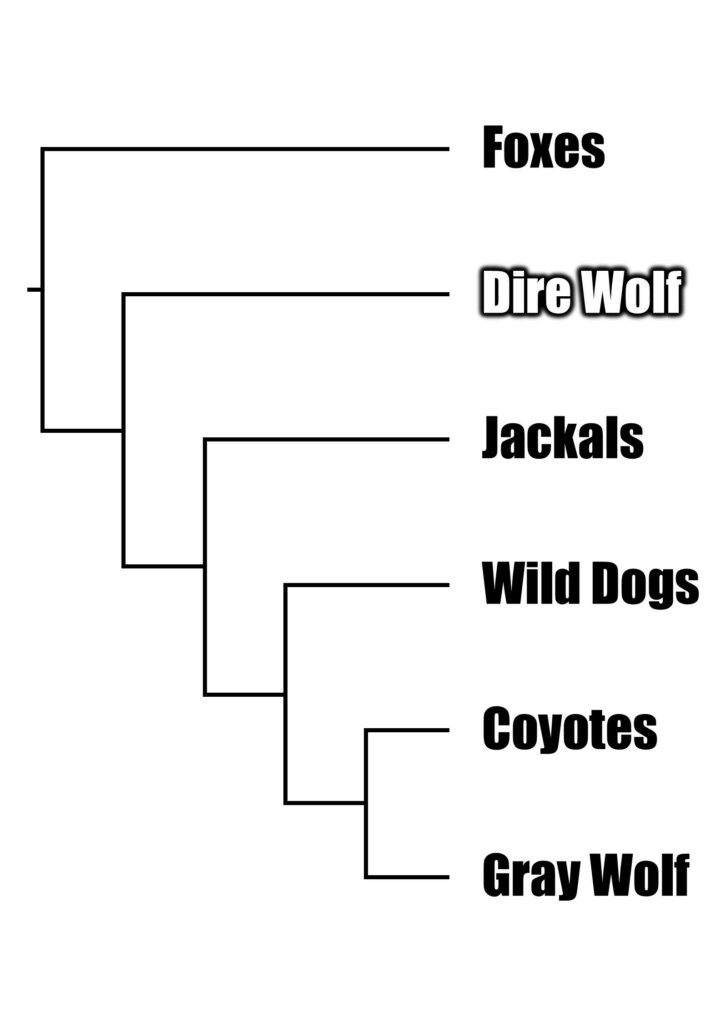
The Colossal Biosciences team extracted cells from an adult gray wolf and then modified 14 of its genes and then cloned those modified cells. They report three successful births, with two being old enough to exhibit some unusual traits, including their coloration, high body mass, and evidently peculiar vocalizations (as always, we have to take these claims with a grain of salt, as I am not a wolf expert and I have no access to these animals to verify the claims). I have no doubt that these 14 genes were chosen specifically to correlate with these traits. They wanted to make a wolf that looked distinct from the typical gray wolf, and they succeeded.
But they’re not dire wolves.
Why? Mammal genomes have tens of thousands of genes. A lot of them are identical across different mammal species, but most have distinct differences that, for example, allow you to tell the difference between a wolf and a coyote gene. Even though scientists have been working on discovering the relationship between genes and a creature’s appearance, we still have a very rudimentary understanding. We might be able to tell something about coat color or body mass, but the full suite of what makes a dire wolf differ from a gray wolf is just not known very well at all.
Changing a gray wolf to have a complete dire wolf gene set would be a long and expensive process, so of course they’ve skipped ahead to what they consider to be the essential differences that would make the animal look different from a gray wolf, maybe even act different or sound different. But what they’ve made are gray wolves with a handful of traits that might, sort of, reflect in some way the traits of a dire wolf. We can’t even be sure of that since we don’t have living dire wolves to compare to, but we can still be sure that they haven’t made new dire wolves.
As an analogy, imagine taking a lion and altering its genome so that 14 genes resemble the genes of cheetahs. No one in their right mind would expect those cats to be cheetahs. We would say they were lions with some cheetah genes. Maybe their coloration is different or they act different, but they’re not cheetahs. They’re entirely new creatures that never existed before. That’s what Colossal Biosciences did here.
They raised this point in the Time article, and the response from their chief science officer Beth Shapiro is just classic marketing-speak:
“Our mammoths and dire wolves are mammoths and dire wolves by that definition,” says Shapiro. “They have the key traits that make that lineage of organisms distinct.”
The definition she’s talking about is having genetic traits in common with the extinct species, but it’s also nonsensical. We can put human genes in mice, just like Colossal Biosciences has put woolly mammoth genes in mice. But that doesn’t make those mice humans or mammoths. They’re just mice with weird genes. Just because we put a few genes from one species into a “closely-related” species, that doesn’t transform the recipient species into the donor species. The better analogy would be Disney imagineering, but instead of getting awkward robots that kind of look like extinct species, we get living animals that kind of look like extinct species.
Now that doesn’t mean the technology they’re creating couldn’t be useful and even important. The work they’re doing with red wolves is really intriguing, taking lost genes from red wolf populations and genetically engineering red wolves with those genes to improve the red wolf gene pool. That could have a real impact on conservation efforts to save the red wolf, and it uses the same technology as the pseudo-dire wolves.
But the pseudo-dire wolves are a slick marketing gimmick that made the cover of Time. They’re cute puppies, and people know them from Game of Thrones. They’ve brought a lot of attention to Colossal, and they undoubtedly made investors happy. But they’re also entirely new animals that have very, very little in common with actual dire wolves.

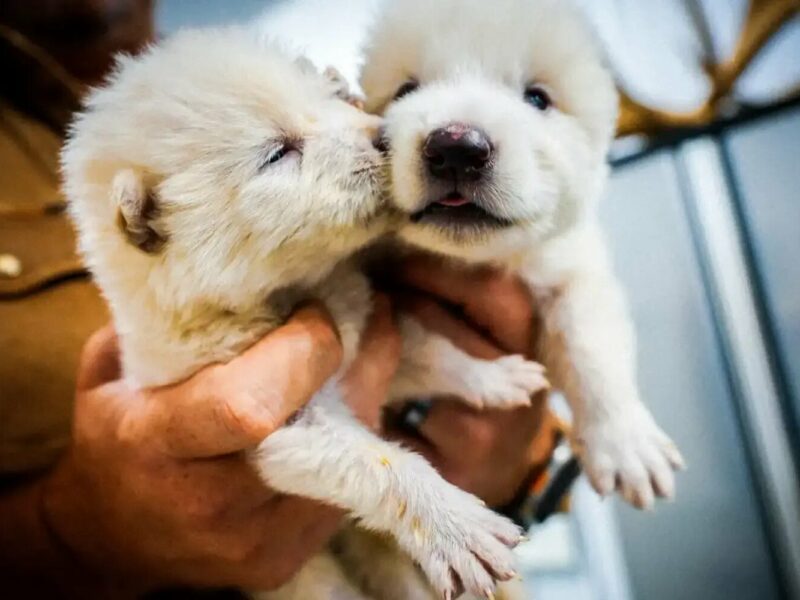



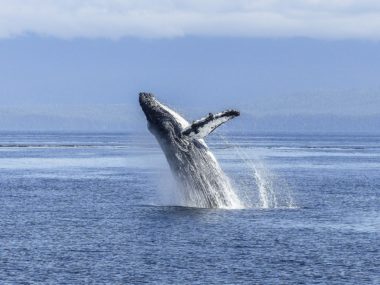

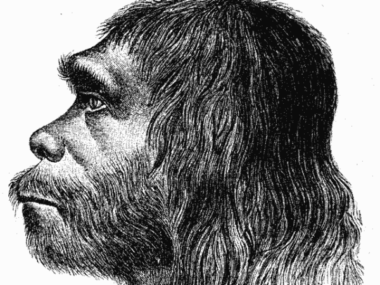




No, they aren’t dire wolves – at least not the dire wolves of the past. But I suspect they are about a close as we can get to reviving dire wolves in the modern world. And they are beautiful animals!
It is a white dog (clone) manufactured using off the shelf parts!
Thank you for adding truth to this. Can they reproduce as a new species?
Well I don’t think there are any puppies yet. But if Romulus or Remus start getting frisky with Khaleesi, there may be. In fact, I think there is hope for more puppies.